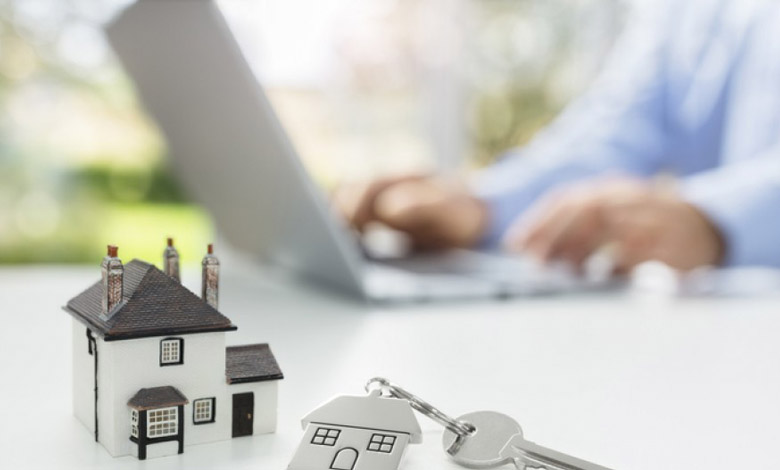Secured loans are a popular and often smart way for homeowners to obtain financing, and there is no doubt that utilizing secured lending in the right situation can be very beneficial. Funding home improvement projects, consolidating high interest loans, purchasing a vehicle or other high cost item, covering medical or other unexpected bills – these are all typical reasons for taking a secured loan.
However, as is the case with any major financial commitment, there are risks and it is advisable to consider all the information before proceeding. After all, with a secured loan you could potentially be putting your home at risk. Below I will bring into light 5 potential drawbacks that you should be aware of and consider before committing to a secured loan.
What needs to be considered before finalizing your loan application?
Firstly, as is its nature, a secured loan requires property to be placed as collateral against the loan amount. Most commonly this will be your house, so in a sense you are betting your home on your ability to meet the terms of the loan. If the terms are not met, the lender can potentially take possession of the property and sell it to clear the debt. Repossession will usually be a last resort used by the lender after trying to work with you. However it is something to be aware of when considering this type of loan, especially if you intend to convert existing unsecured debt into your new secured loan.
The second issue with secured loans is that they are typically for fairly high amounts, and repaid over a long term. This of course can be seen as either a positive or a negative characteristic, but does mean that the amount of interest you’ll pay over the life of the term may be substantially higher than you might think. Even with a low interest rate APR, secured loans aren’t necessarily always a cheap option.
Thirdly, if you use secured lending to eliminate existing unsecured debt, you may get the illusion that your debt levels have decreased. The temptation will then come to keep using your credit cards and begin to build up fresh debts. So you are now carrying both secured AND unsecured debt, putting yourself in a much worse position than you were in previously. This may sound ridiculous to some people, but it is not an uncommon scenario.
A fourth problem with secured lending, in particular a home equity loan, is that you are removing equity from your home. You will have much less of a gap between the amount of debt secured to the home and the actual value of the property. This has caused huge problems for many people in recent times as housing prices have fallen and they find themselves owing more on their house than what it is worth. Or if you choose to sell the house and still owe on the second mortgage, your profit will be less.
The final problem also relates to the diminished equity in the house. In the future if you wish to refinance and reduce your mortgage costs, the more equity you have in the property the easier it is to secure the best possible deal. Taking out a secured loan now could potentially be a disadvantage to a future re-mortgage.
So those are five common disadvantages to secured loans. This does not mean that they shouldn’t be used, as there are many situations in which you will benefit greatly from the financial restructuring that these loans allow you to do. However it is always wise to be aware of any potential problems so that your decision to proceed is an educated one and you are not taken by surprise down the road.




